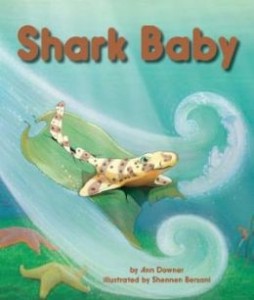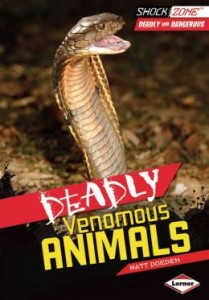Written by Ann Downer
Illustrated by Shennen Bersani
Shark Baby is a picture book that bursts at the seams with facts and fun information for any grade level that enjoys picture books. Independent readers at a third grade level can easily master the language in the picture book text, although some may need assistance with pronunciation or comprehension.
The illustrations are fabulous and keep the reader turning the page. The illustrations also keep those being read to interested because they depict action with each page. Third grade level readers will enjoy the mystery of discovering what type of shark the new baby shark is. Students will be amazed at all the interesting facts they will learn about the sea, creatures who live in the ocean, and the habitats that are depicted as Shark Baby travels to find out what kind of shark he is.
This picture book is a treasure for the classroom teacher because along with a good story based on science facts, this book includes 4 pages of activities and additional lesson material to support information about sharks. Additionally, Sylvan Dell Publishing offers more teacher assistance on their web page at www.SylvanDellPublishing.com making this a must to any third grade level classroom.
 Title: Shark Baby
Title: Shark Baby- Author: Ann Downer
- Illustrations: Shennen Bersani
- Publisher: Sylvan Dell Publishing
- Reviewer: Terri Forehand
- ISBN: 978-1-60718-6342
- Genre: Juvenile/ Nonfiction






